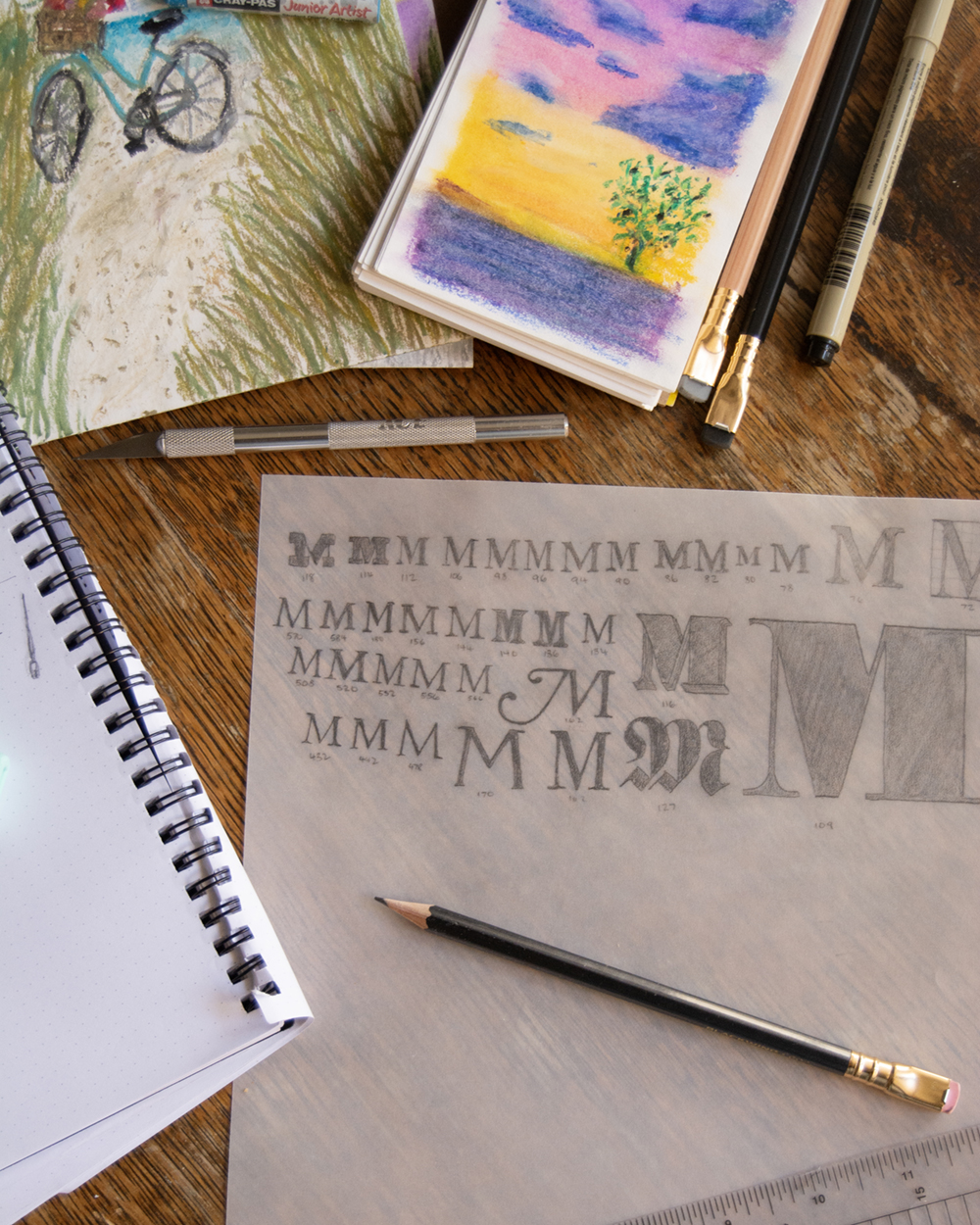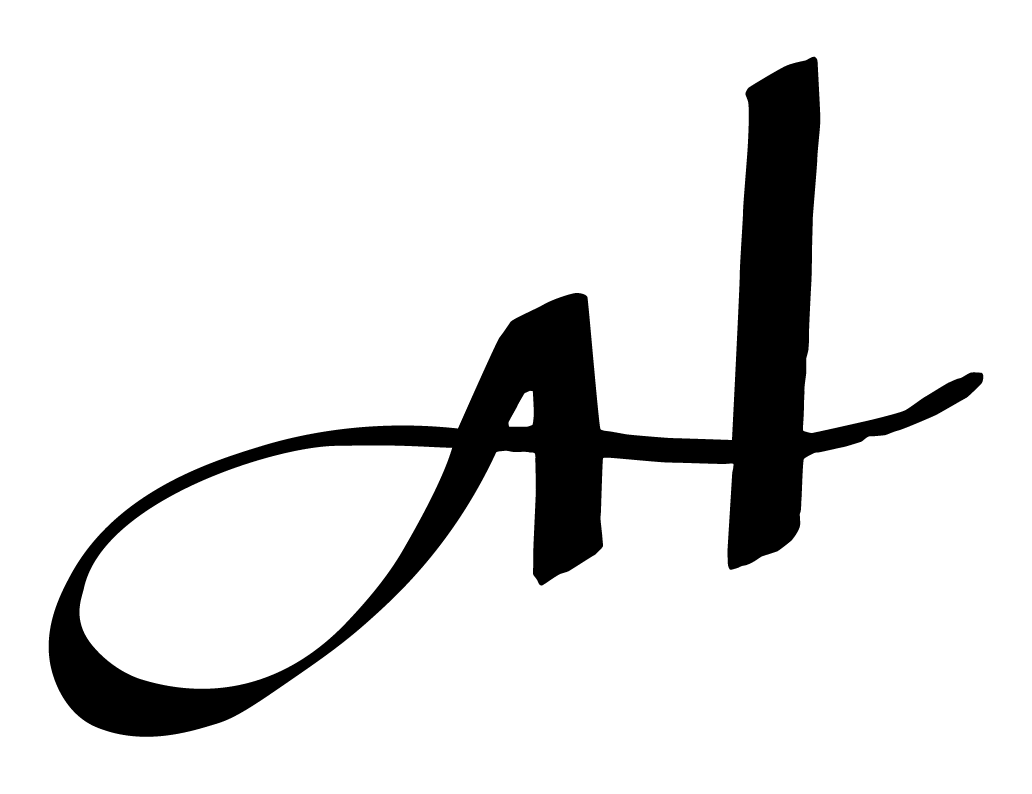About Me

I’m April! Though I’ve worked as a graphic and web designer professionally since 2018, I’ve been a graphic designer since 2015. To me, graphic and website design are “visual problem-solving” techniques. Both allow us to share targeted messages clearly and effectively. If a design is pretty but fails to communicate effectively, it’s a poor design. My goal is to help businesses recognize their core message and convey it effectively through eye-catching web and graphic design.
While in university, I enjoyed designing cool packaging projects (still do!). After working in the field, however, I began to recognize the value in updating information on flyers, editing real estate photos, and designing editable PDFs. (These activities remind me of sorting Legos by type and color as a kid.)
As far as personal hobbies go, I enjoy reading, baking from scratch, cooking different cuisines, crocheting, photography, playing an array of musical instruments, and messing around with physical art mediums.
My Process
I tailor my process to each project. While some require a detailed process, others need a straightforward, streamlined approach. I’ve spent a lot of time researching design methods and talking to other creatives about their approach to similar projects. Over time, I determine what works best for me, adjusting my approach as needed.
The first marketing company I worked for prioritized quantity over quality. The marketing agency I currently work for has a fantastic, heavy focus on research, with less time allotted for deliverables. Trying different methods has enabled me to discover which way works best for me in different situations.
In 2024, I wanted more insight into how professionals like Will Paterson and Allan Peters work, prompting me to complete Will’s logotype course (which is terrific; I highly recommend it). I also read Allan Peters’s book “Logos that Last” (an insightful look into his process).
When creating a brand for a client, I consider needs versus wants. Determining which creative direction to travel relies on active listening and detailed research. To find the right solution, I start with a word map to shake the bad and good ideas out. Then I develop a creative brief, which includes a mood board, an inspiration board, and a competitor comparison map. Once I’m ready to begin sketching the logo, I sketch on paper. There are no limitations; just my pencil and paper.
With each new client or employer, I learn a new communication style and adapt. This is a skill I’ll never stop aiming to improve. Everyone has their own communication styles, but a shared understanding is key to properly executing a vision and completing projects. Both sides of the equation learn from the experience, allowing me to grow with each task.
